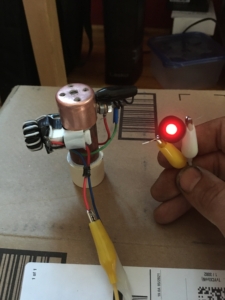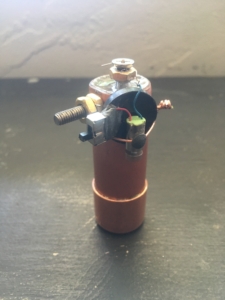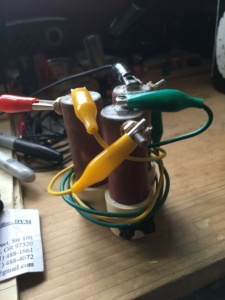Crystal Cell Batteries
Polycrystalline solid-state self-charging capacitor
For decades, people have succeeded in extracting useful power from non-reactive rocks and crystals. Many are familiar with the piezoelectric effect where crystals, like Quartz, will briefly emit small amounts of electricity when mechanically compressed. Few, however, have heard of the Petroelectrical effect— where rocks will constantly emit low levels of both current and voltage– for reasons not fully understood. Thomas Townshend Brown was the first to discover, study and publish papers about the effect.
Inventors such as John Bedini, John Hutchison and Dr. Marcus Reid have had many successes in producing long-term power, using solid-state, non-reactive crystals. Methods include Alum crystals, Barium Titinate disks and wafers, and specially treated Silicates with nano-properties. One can see the effect for themselves with a simple volt meter by probing Iron Pyrite, Bornite, or certain Calcites, like the blue variety.
The advantages of crystal cell power over conventional power sources is the fact that a properly made device will not ever run down, has few parts, and never requires input voltage. The oldest known cell that is still running today was made by Dr. Marcus Reid in 1998. John Hutchison’s cell could light an incandescent lightbulb, but was often finnicky, requiring the plates to constantly be properly alligned, and expensive, one cell costing over $20,000 to make.
Our crystal cells are a simple combination of the essence of a John Bedini Alum-based cell, the Pyrite “doping,” of a John Hutchison Cell, and the addition of Petroelectrically active Silicates, as in a Dr. Marcus Reid Cell.
This combination has produced encouraging results and certain cells made with the right ratios of crystal material continue to output power after many months –so far– with little degradation. Oftentimes the results are unpredictable.
We continue to explore this area of small scale solid-state power with the goal of developing them for commercial applications.






